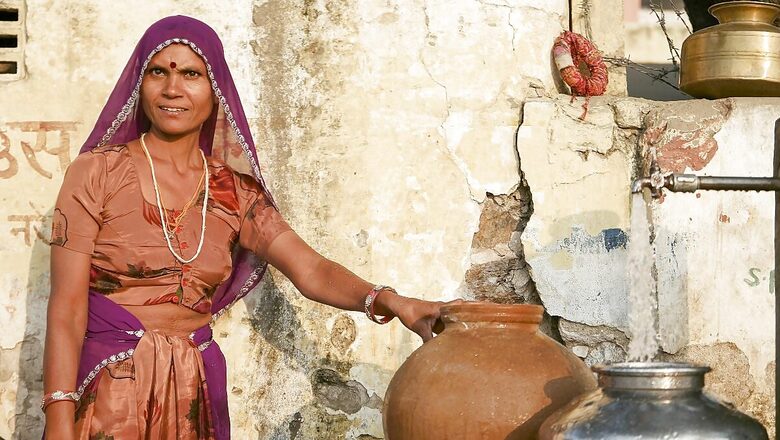
views
Nearly 71% of rural households in India now have access to tapped water as of November 29, 2023. While this may seem a rather mundane statistic for some, to put things into perspective: of India’s 19.3 crore rural households, only 3.2 crore had tap water connections in August 2019. That’s a remarkable transformation in water supply.
Without much fanfare, India is experiencing a blue revolution like no other. In the past four years, the Har Ghar Jal initiative under the Jal Jeevan Mission has been instrumental in connecting nearly 10.5 crore rural households. Now, there are 13.75 crore households with water supply at home.
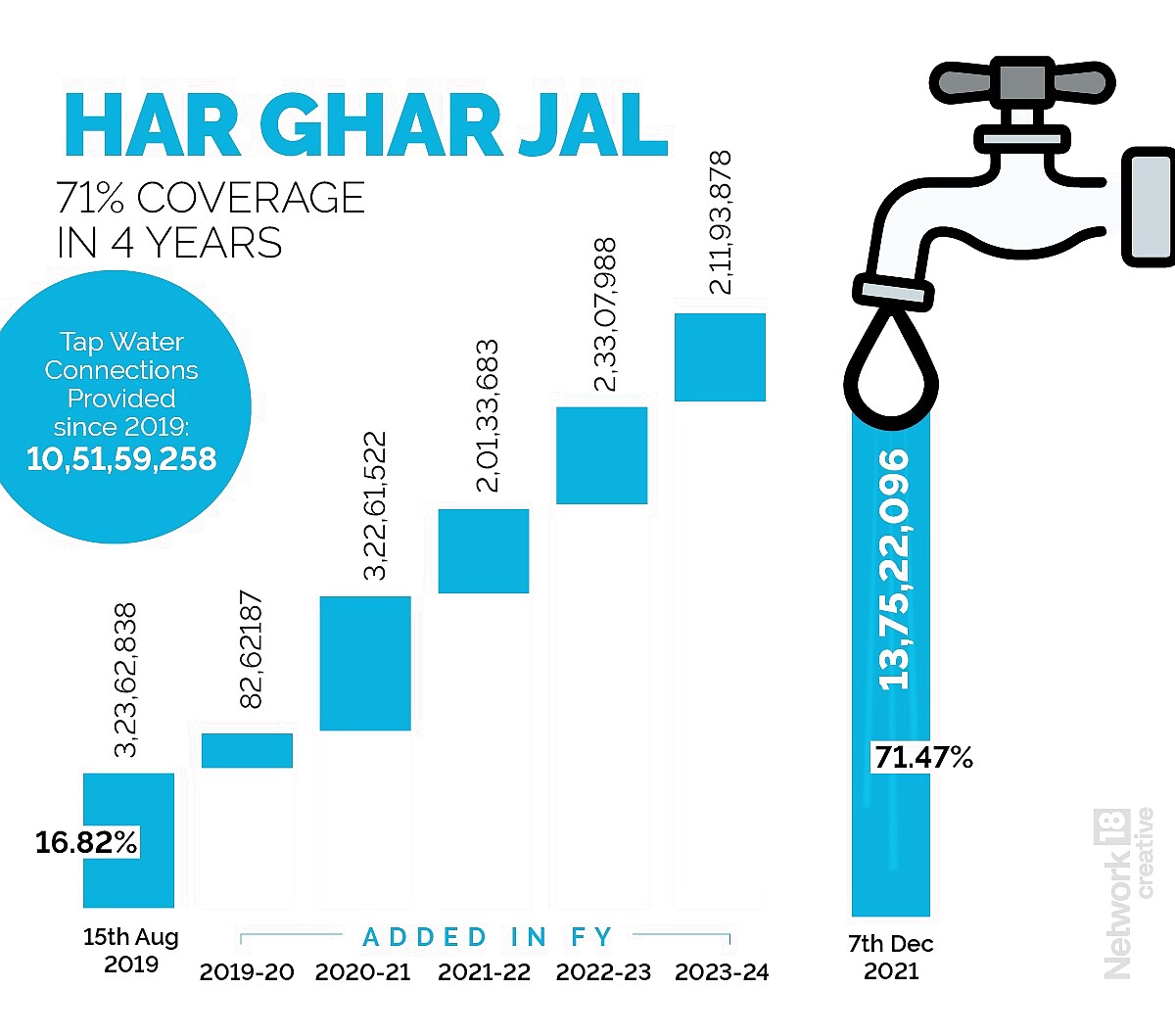
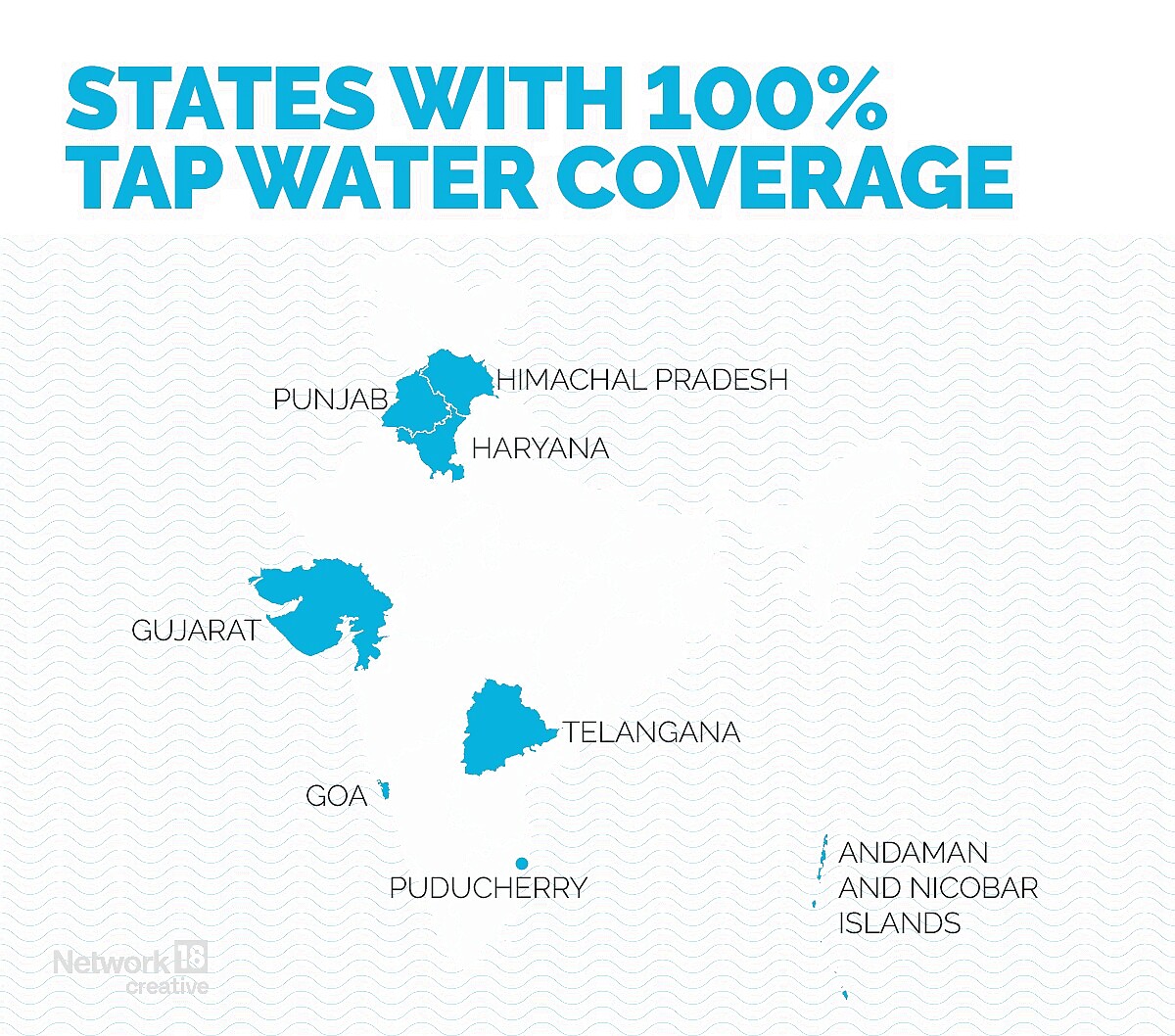
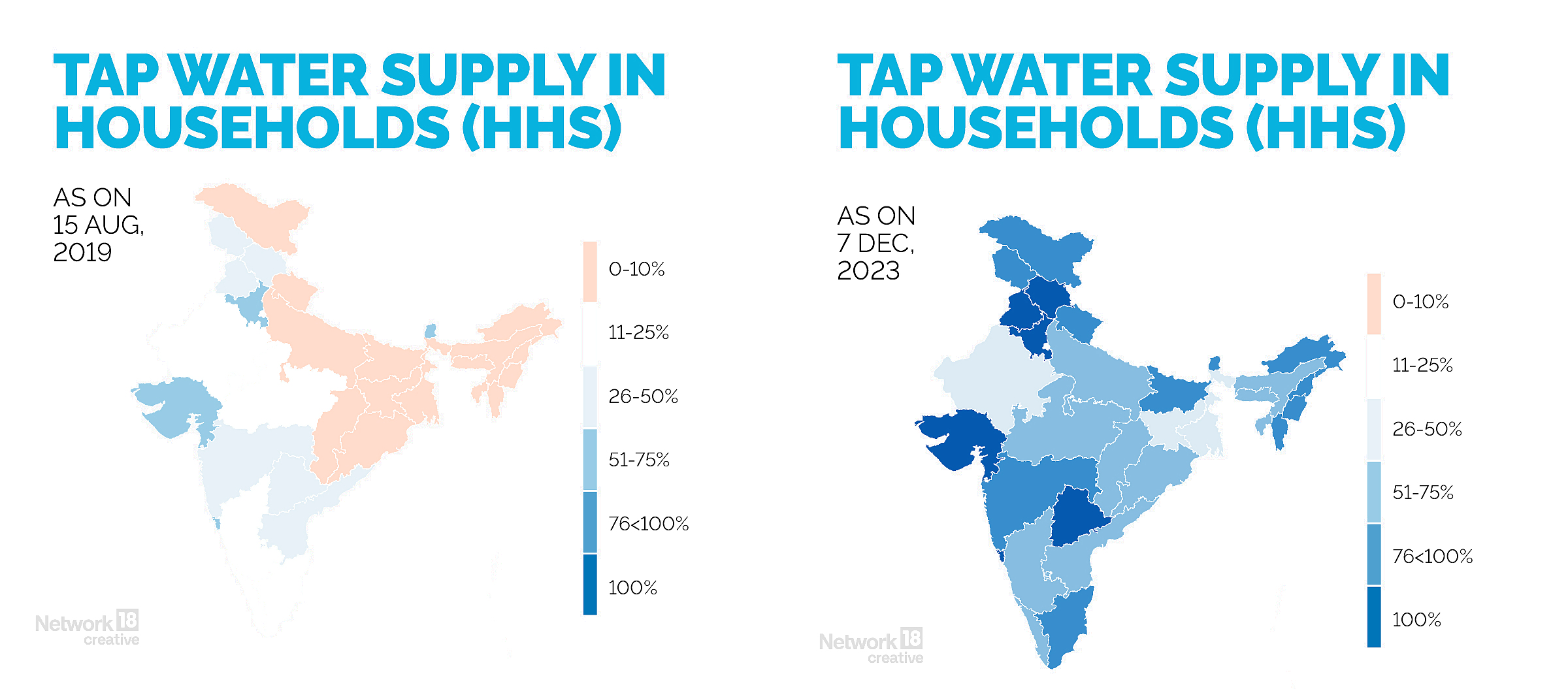
Nine states and Union Territories, according to former Jal Shakti Minister of State Prahlad Patel, have managed to provide tap water supply to all rural households, that is, 100% coverage. These include Gujarat, Goa, Haryana, Himachal Pradesh, Punjab, Telangana, Andaman & Nicobar Islands, Dadra Nagar Haveli & Daman Diu and Puducherry. With a budgetary outlay of Rs 3.6 lakh crore, the Har Ghar Jal mission has been transformative in its impact and ambitious in its goals.
Tapped water is also having a transformative effect on the lives of women in rural India. Traditionally burdened with the task, women in rural households have often had to endure long journeys to fetch water. The rapid expansion of water tap connections means women are no longer required to undertake the arduous task during scorching summer months.
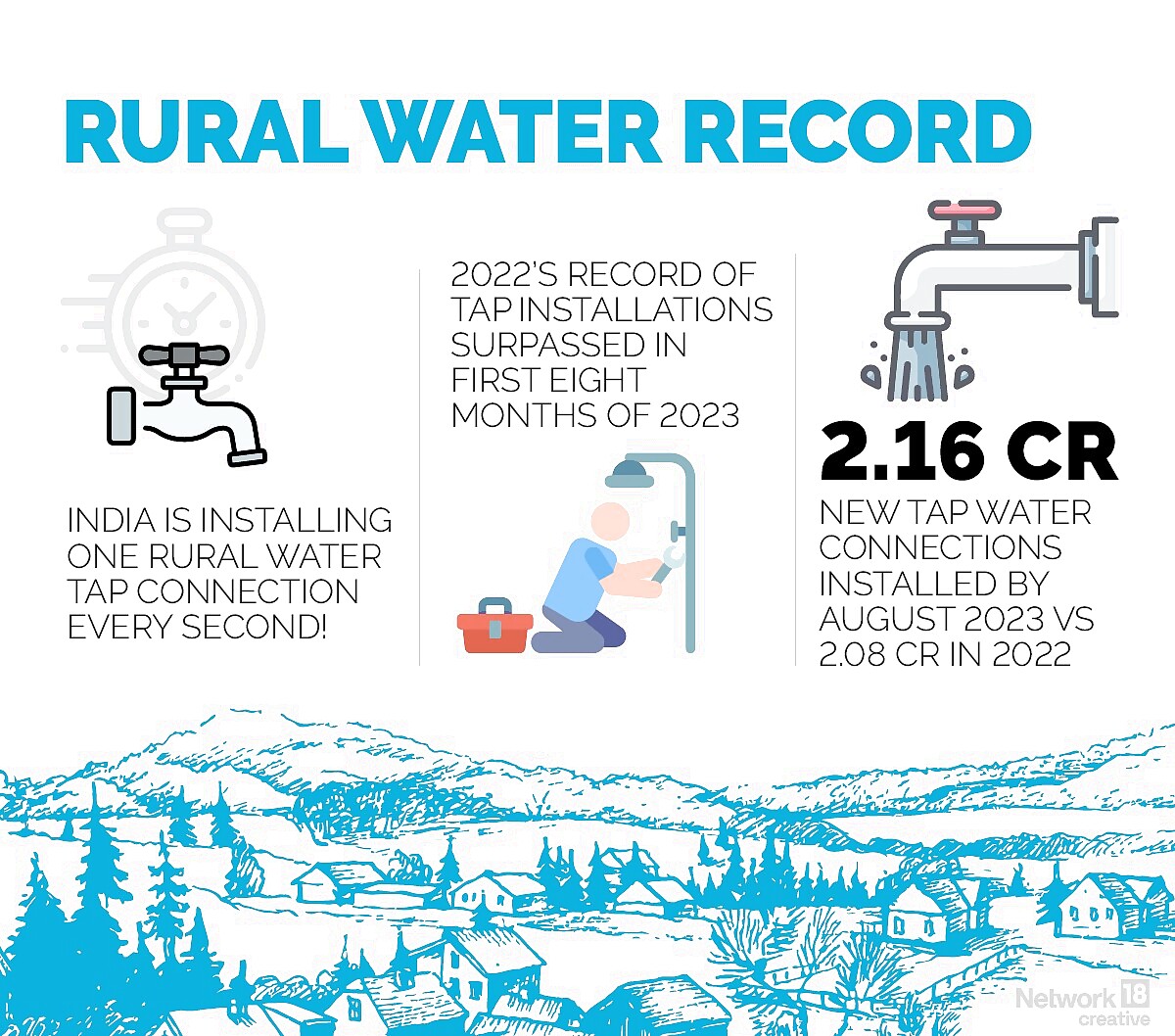
Supplying safe tapped water to households have also helped bring an additional blessing for millions in the form reduced health risks. A report from World Health Organization highlights ensuring safe drinking water could prevent nearly 400,000 deaths from diarrhoeal diseases.
Taming a Domestic Poison
A major culprit for illness in rural India has been the high levels of arsenic and fluoride found in ground water. According to a reply submitted in Parliament by Bishweswar Tudu, groundwater in 230 districts of 25 states has been contaminated by arsenic. Traces of fluoride have been detected in groundwater in 469 districts of 27 states. The WHO says the permissible limit of arsenic is 10 microgramme per litre.
Arsenic-contaminated water can cause skin, lung, kidney and bladder cancer. The supply of treated, tapped water has been able to mitigate the risk from these harmful chemicals to a large extent. Water is a state subject and the primary responsibility of ground water management rests with state governments. However, the Centre has undertaken extensive efforts to help them combat this silent killer.
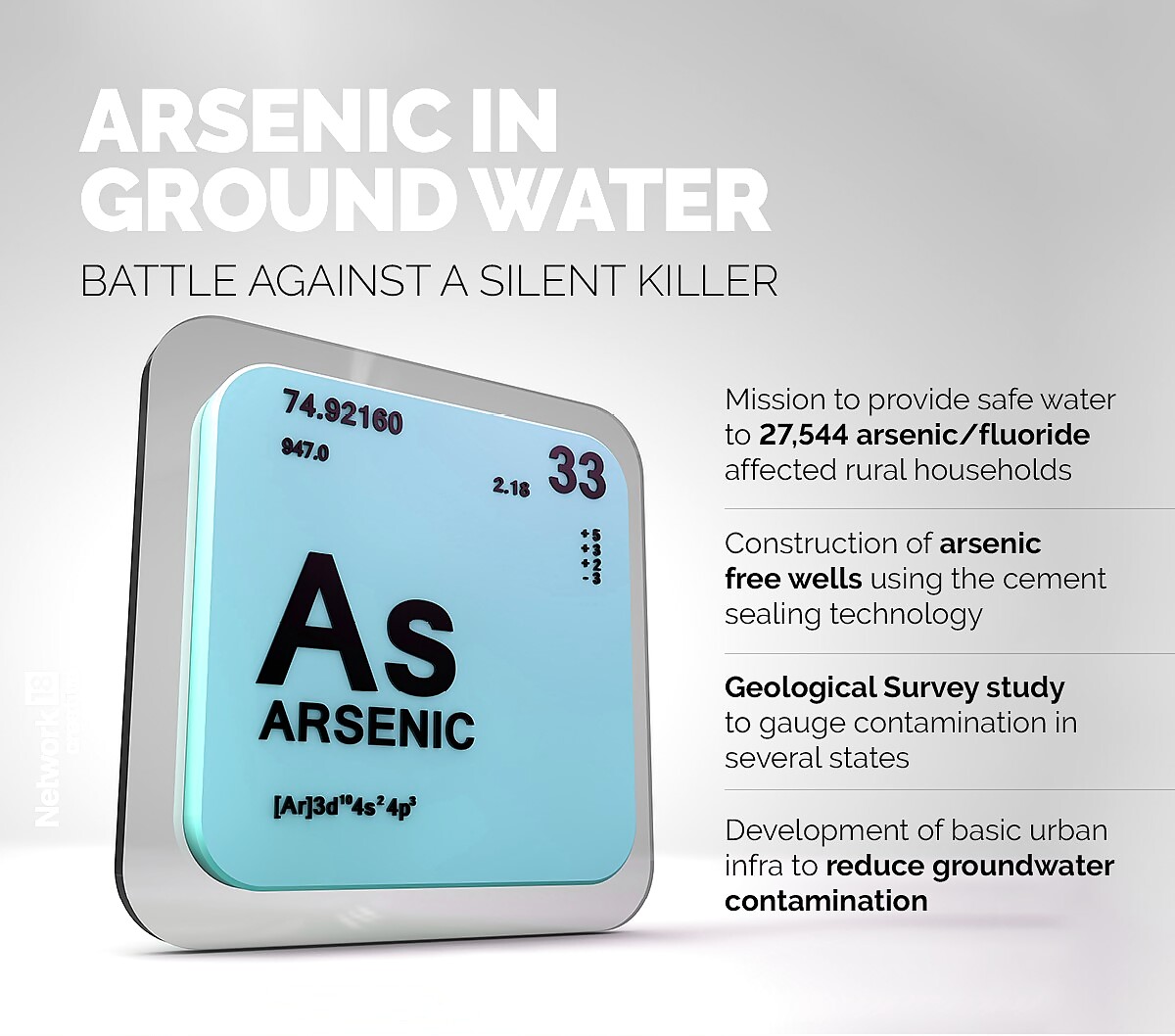
Battling Dwindling Groundwater Resources
In fact, ground water management has been a big focus of the UPA-era Ground Water Management and Regulation (GWMR) Scheme, which is still going strong under the Modi government. A recent UN report had said India could face a critically low ground water situation by as early as 2025. Some areas in the Indo-Gangetic basin have already passed the tipping point.
The decreasing water table across states, has prompted some major measures by the government. It remains to be seen if these work. For example, a massive project for aquifer mapping of the entire country and quality monitoring has been launched, which helps assess ground water resources dynamically in collaboration with States/UTs. The idea is to regulate usage of ground water scientifically and make efforts to recharge ground water in stressed areas. Aquifer mapping was completed by March 2023, and has covered about 25 lakh sq km using helicopter-borne equipment. But mapping is one thing, and management is another.
Around 70% of groundwater is used up for agricultural irrigation. Groundwater aquifers play a crucial role in combatting drought which is a worsening issue due to climate change.
The Modi government has taken proactive steps in reducing dependence of farmers on groundwater through the Pradhan Mantri Krishi Sinchayee Yojana, which seeks to enhance physical water access for agricultural purposes, expand cultivable land, improve water usage efficiency in farming, and promote sustainable water conservation practices.
Another noteworthy initiative has been Mission Amrit Sarovar, which aims to develop or rejuvenate ponds or Amrit Sarovars in each district. The idea was to revive 50,000 ponds across the country to tackle India’s dwindling water table. As of 2023, work on 68,187 Amrit Sarovars has been completed. While that seems heartening, consider this – eight states are reportedly still lagging in achieving targets of the Amrit Sarovar mission. These are West Bengal, Punjab, Telangana, Kerala, Tamil Nadu, Haryana, Bihar and Rajasthan, all Opposition ruled so-far bar one.
In India, groundwater management faces several challenges due to factors such as rapid population growth, inefficient agricultural practices, and inadequate infrastructure. The complex and decentralised nature of water management in the country, coupled with varying regional needs, makes it difficult to implement uniform solutions.
Cleaning, Conserving and Rejuvenating Rivers
River clean-up efforts have also been integral to the success of the Jal Jeevan Mission as they contribute to the improvement of the source water quality. Clean rivers provide a safer and more reliable source of water for tap water connectivity, reducing the need for extensive water treatment and ensuring a higher quality of water supplied to households.
India is blessed with a large basket of rivers across all its regions. A considerable effort has gone into cleaning up rivers, which are a major source of water supply to India’s booming towns. National River Conservation Plan (NRCP) and Namami Gange projects have seen huge allocations under the Modi government.
North India’s first river rejuvenation project, ‘Devika’, which has been carried out at a cost of over Rs 190 crore is also nearing completion. In August, Union Minister of State for Science and Technology, Jitendra Singh, had said liquid waste management work is being carried out by the Urban Environmental Engineering Department (UEED) under the project, and a network of pipes and manholes is being made.
Namami Gange, launched in 2014, has received over Rs 16,000 crore for rejuvenating the Ganga and its tributaries. The Central Pollution Control Board estimates 3,558 million litres per day (MLD) sewage is generated by towns situated along the Ganga. Due to Namami Gange interventions, sewage treatment capacity has been increased and solid waste management, afforestation, and biodiversity conservation are on. So far, a total of 450 projects have been taken up. A dashboard called PRAYAG has been launched to constantly monitor river water quality on the Ganga and Yamuna rivers.
In fact, in March 2022, the Centre had announced that the “rejuvenation” of 13 major rivers could increase the country’s forest cover by up to 7,417.36 square km. Rivers that form part of the project include the Jhelum, Chenab, Ravi, Beas, Sutlej, Yamuna, and Brahmaputra in the Himalayan region, Luni in the inland drained category, and Narmada, Godavari, Mahanadi, Krishna, and Cauvery in the Deccan region. The primary push from the government has been to create riparian forests and planting abundant trees along these rivers. These, in turn, will help increase ground water level in many areas and create carbon sinks.
Evidently, a holistic approach to improve India’s water situation has been implemented in recent years. Progress, especially with the Jal Jeevan Mission has been very promising and has had a transformative impact for a sea of Indians. Similarly, initiatives that seek to widen the irrigational acreage, free water of harmful toxins like Arsenic, regulate the country’s ground water resources and rejuvenate the rivers are all part of a mission to improve India’s overall water system.



















Comments
0 comment